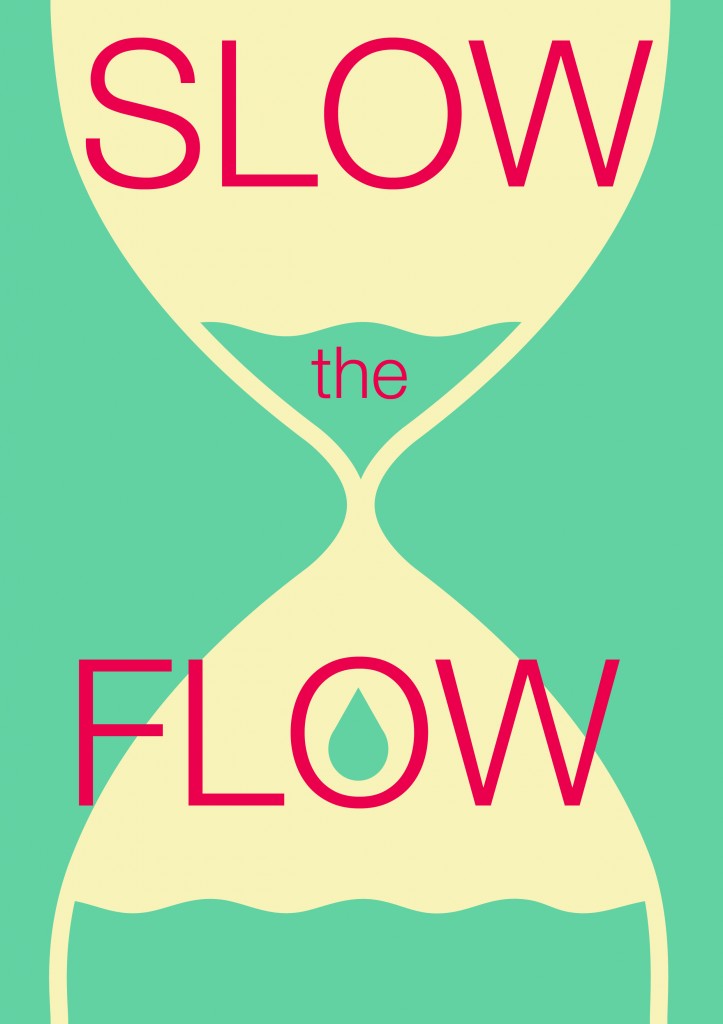by Paula Luu, Communications Manager
It’s been weeks, even months, since some parts of California have gotten rain, and it’s likely it will be a few more months before rains return. Water districts across the state have imposed mandatory and voluntary water restrictions to encourage water conservation and efficiency, but there have been fewer discussions around what and how we can prepare for the upcoming rainy season during the drought.
Stormwater runoff is generated when precipitation from rain and snow hits impervious surfaces such as roads, rooftops, or parking lots and is not absorbed into the ground. Instead, this water picks up trash, metals, chemicals, and other contaminants as it makes it way to our waterways. Due to concerns about flood damage in urban areas, stormwater was traditionally viewed as a liability, and urban areas were designed to get stormwater out to waterways as fast as possible. In California, stormwater typically bypasses water treatment plants, and as a result, is a major source of pollution in our rivers, streams, and ocean.
 It’s been weeks, even months, since some parts of California have gotten rain, and it’s likely it will be a few more months before rains return. Water districts across the state have imposed mandatory and voluntary water restrictions to encourage water conservation and efficiency, but there have been fewer discussions around what and how we can prepare for the upcoming rainy season during the drought.
It’s been weeks, even months, since some parts of California have gotten rain, and it’s likely it will be a few more months before rains return. Water districts across the state have imposed mandatory and voluntary water restrictions to encourage water conservation and efficiency, but there have been fewer discussions around what and how we can prepare for the upcoming rainy season during the drought.
Stormwater runoff is generated when precipitation from rain and snow hits impervious surfaces such as roads, rooftops, or parking lots and is not absorbed into the ground. Instead, this water picks up trash, metals, chemicals, and other contaminants as it makes it way to our waterways. Due to concerns about flood damage in urban areas, stormwater was traditionally viewed as a liability, and urban areas were designed to get stormwater out to waterways as fast as possible. In California, stormwater typically bypasses water treatment plants, and as a result, is a major source of pollution in our rivers, streams, and ocean.
There are many opportunity costs associated with the traditional stormwater management, but the biggest one that concerns our thirsty state is groundwater recharge. By moving water away from the people and places that need it, stormwater cannot percolate into the ground and replenish water we keep drilling deeper and deeper to reach.
Californians can counteract the negative impacts of stormwater runoff by promoting water infiltration at our houses or businesses. The Pacific Institute and NRDC have written about the potential of stormwater capture in urban and suburban California to help communities increase water supply reliability. Similarly, the State Water Resource Control Board’s Storm Water Program wants us to approach urban landscapes like natural watersheds that slow the flow of water and allow it to be absorbed into the ground. Mimicking the natural functions and behavior of these natural watersheds will allow us to capture, treat, and then reuse stormwater.
When much of California is facing drought and limited water supplies, capturing and reusing every drop of water will not only be clever, but crucial. The State Water Board’s Storm Water Program has released a seven part film series to bring to life simple practices that individuals and communities can do to conserve water, become stewards of our watersheds, and slow the flow of stormwater from homes and businesses when the rain returns. The “Slow the Flow: Be a California Water Warrior”* series focuses on low impact development practices and projects anyone can do on or around their property, such as proper management of lawns (if you must have one), alternatives to a lawn-based garden, disconnecting your down spouts, adding bioswales and rain gardens, and converting paved areas to more permeable surfaces.
Episode 1 titled, “What the Heck is Storm Water Runoff and Why is it a Problem?,” provides an overview of stormwater, describing the negative impacts of stormwater runoff on human health and the environment and introducing strategies to eliminate stormwater runoff. The strategies will be showcased in the following episodes.
Episode 2, “Lawn Removal – Lawn Be Gone,” focuses on the benefits of getting rid of your lawn and how to do it.
Episode 3, “Make the Water Go – Disconnecting Down Spouts, “ details how to shrink your ecological footprint by disconnecting your down spouts. These are both great summer activities to prepare your home for the winter.
“Lawn practices – Grass can Always be Greener” is the fourth episode which offers money-saving tips to maintain a more eco-friendly lawn should you decide to keep it.
A new film will be released in the series every second Tuesday over the course of this summer. Stay tuned for the next three episodes:
- “Soils – Digging Up the Dirt on Soil”
- “Permeable Pavers – Breaking Up is Easy to Do”
- “Swales and Rain Gardens – Swales are Swell and So Are Rain Gardens”
You can also view all the Slow the Flow films on the Storm Water Films webpage, State Water Board’s YouTube channel, or follow the Slow the Flow team on Facebook and Twitter (@LetsSlowTheFlow).
* The films are produced by On The Waterfront Creative with assistance from the UC Davis Extension Land Use and Natural Resource Program and the Water Board Training Academy.
Pacific Institute Insights is the staff blog of the Pacific Institute, one of the world’s leading nonprofit research groups on sustainable and equitable management of natural resources. For more about what we do, click here. The views and opinions expressed in these blogs are those of the authors and do not necessarily reflect an official policy or position of the Pacific Institute.


